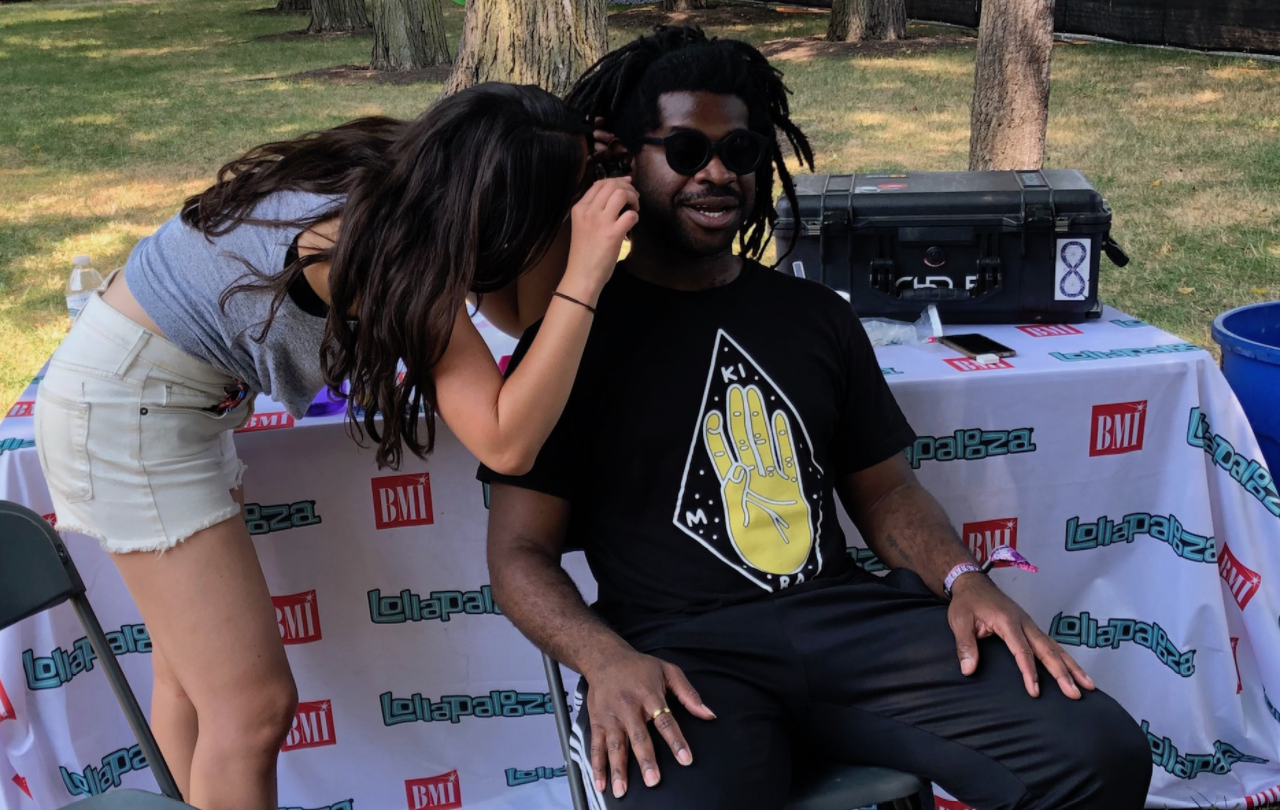Jenna Paley became an audiologist because she fell in love with the ear: the transduction of sound waves to become meaningful pieces of information, and the profound role hearing plays in our ability to connect with other people. She is a hearing doctor, who specialises in working with music biz professionals, and she runs Project Decibel.
“In graduate school, we learned mostly about hearing loss treatment – for example, what do we do when we lose our hearing?” opens Paley. “Having several friends in the music school, I took more of an interest in hearing loss prevention - specifically in the music industry. I was disappointed by the lack of education there was for music industry students and professionals around hearing, and without quite knowing exactly what it would be, I incorporated Project Decibel.”
Paley was fortunate enough to spend time studying with leading audiologists in the field who have paved the way and created space and inspiration for more audiologists to practice hearing loss prevention. I ask her, in a nutshell, what Project Decibel is all about.
“I specialise in working with music industry professionals to create individualised plans to make sure their ears are protected, both while they do their job, and are enjoying the thing they love most,” she says. “My goal is to prevent hearing disorders to ensure a lifetime of listening.”
I put it to Paley that with major stars – Coldplay’s Chris Martin being one – now revealing that super-loud shows, and generally not taking care of their ears in the past, has led to hearing loss, and at times, tinnitus, we really should be talking about it more. How can the general public learn more, and what can we all do to help raise awareness?
“[smiles] Ah, I love this! This is exactly my mission with Project Decibel, to create a community around hearing loss prevention,” Paley explains. “We are currently focused on forming partnerships with leading music industry organisations to make hearing wellness more accessible, and more affordable. In addition to working with MusiCares, a Recording Academy organisation, we recently finalised a partnership with BMI, an extraordinary music rights organisation. It’s partnerships like these that allow us to reach more people, and provide more on-site hearing tests, wax removal, and ear mold impressions for custom earplugs to those who otherwise would not be able to access it.”
And the best way to help raise awareness is to have Project Decibel at your next event, Paley says. Hear, hear! (sorry...)
“We are open to traveling all over the world to provide these services, and all we need from our partners is a place to set up! In addition to our partnerships, we also have a wealth of information on our website. Instead of scientific white papers, our website is filled with videos, sound files, and graphics explaining things like how our ears work, music induced hearing disorders, how loud is too loud, and what hearing loss sounds like. I wanted to create content that was focused on the facts, and simple to understand. We also have a goal to create more content in 2019, do interviews with leading audio engineers, 3D scanner companies, and other organisations getting involved in the Save The Ears mission.”


